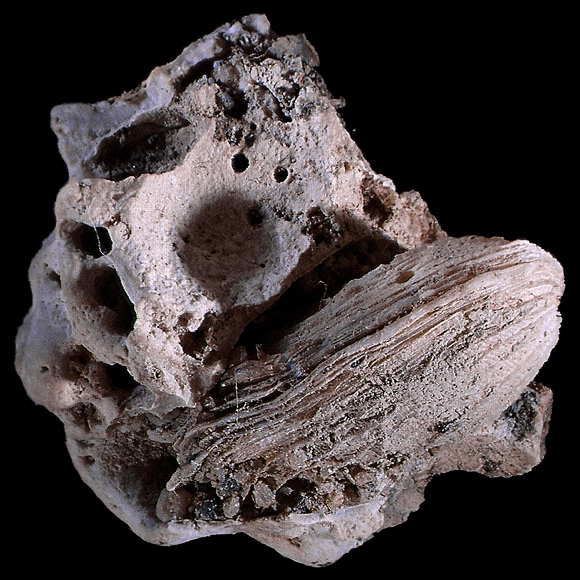
Shetland to Angola, Azores to Mediterranean & Red Sea, indubitably. Some records from Tanzania and Madagascar. If Irus macrophylla is considered as a synonym, the range extends up to W. Pacific. « A nestling species in crevices and empty borings, intertidal and sublittoral. » (MBSBI).
Original taxon: Donax irus.
Shallow water, southern shore of Salses-Leucate lagoon, Occitania, S. France. 15mm.
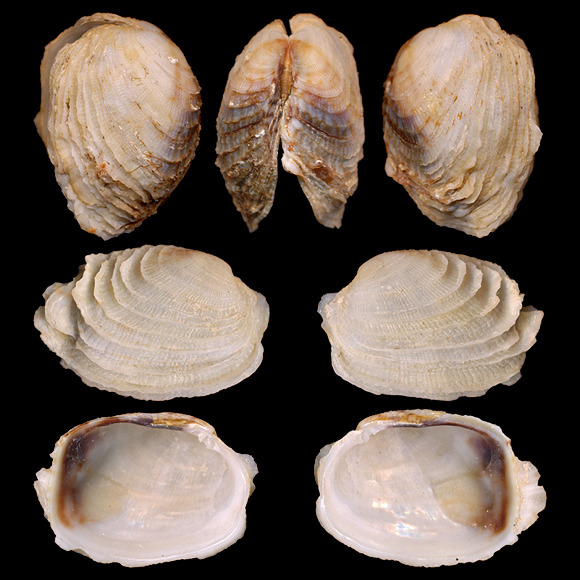
« Poorly solid shell, equivalve, very unequilateral, of transverse subquadrangular shape. Anterior side rounded, much shorter than the posterior side, which is strongly truncated. Dorsal edge and ventral edge almost rectilinear and parallel to each other. Umbos sall, inclined on the anterior side. No lunula or corselet apparent. Surface adorned with thin concentric lamellae, more or less regularly spaced, about twenty, more developed and leafy at both ends of the shell, but especially on the posterior side. The test is traversed by numerous radiating striations that prevail on the lamellae as well as in their intervals and there is also observed, between the lamellae, thin concentric ribs. » – Bucquoy, Dautzenberg & Dollfus: Les mollusques marins du Roussillon vol. II, Paris 1893, p.442.
2-3m deep, under stones, Plage du Grand Large, Cassis, Provence, S. France. 12,75-13mm.
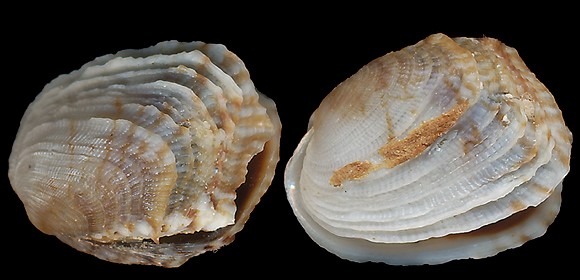
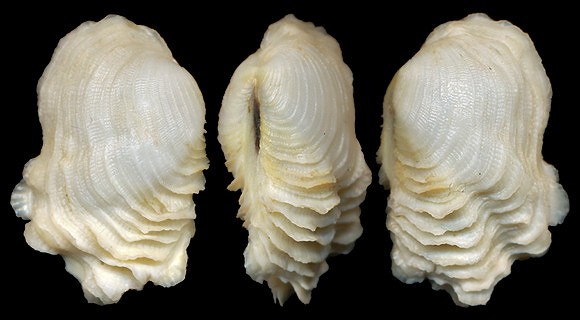
« The shell being frequently distorted shows that the Venerupis is not a borer, but accomodates itself to any place of shelter. » – G. J. Jeffreys: British conchology vol. 3, London 1865, p. 87.
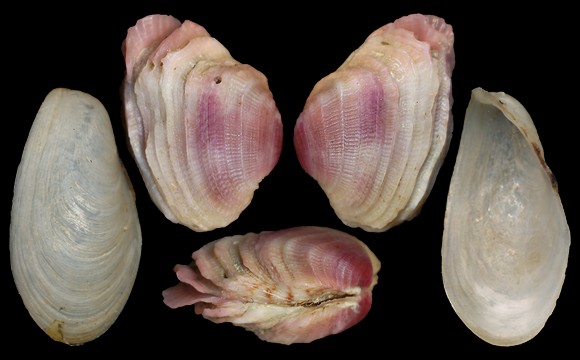
Beach drift, Agde area, S. France, 13mm, together with a 14mm long Gastrochaena dubia (Pennant, 1777).
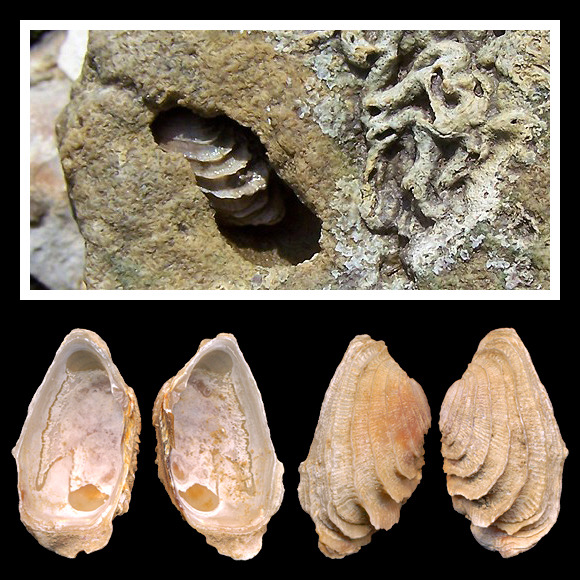
« Inside of the valves dull in the center. Muscular prints, pallial impression and pallial sinus glossy. Edges simple, not denticulate. Cardinal plate narrow, deeply gutted along the dorsal edge by the ligamentous fossa. […] Impressions of the adductor muscles well-marked, unequal: those of the posterior adductor muscle are small, rounded; those of the anterior adductor muscle are larger, oval and located very close to the anterior margin. Paleal impression well marked, with a sinus wide open, angular at the top. » – B.D.D.: op. cit. p.442.
Specimen from NE. Atlantic: in a Petricola’s lodge, inside a stone, in tide pool, Jeamblet Reef, Aix island, La Rochelle, Charente-Maritime, W. France. 14mm.
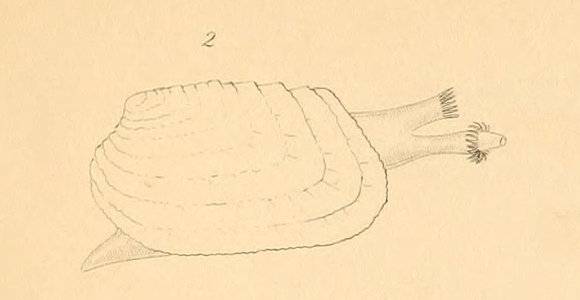
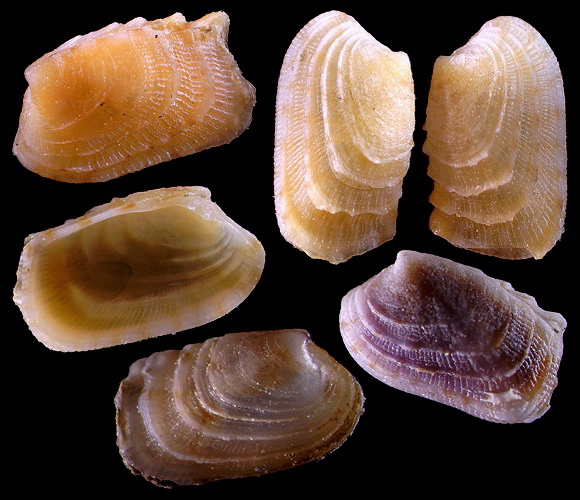
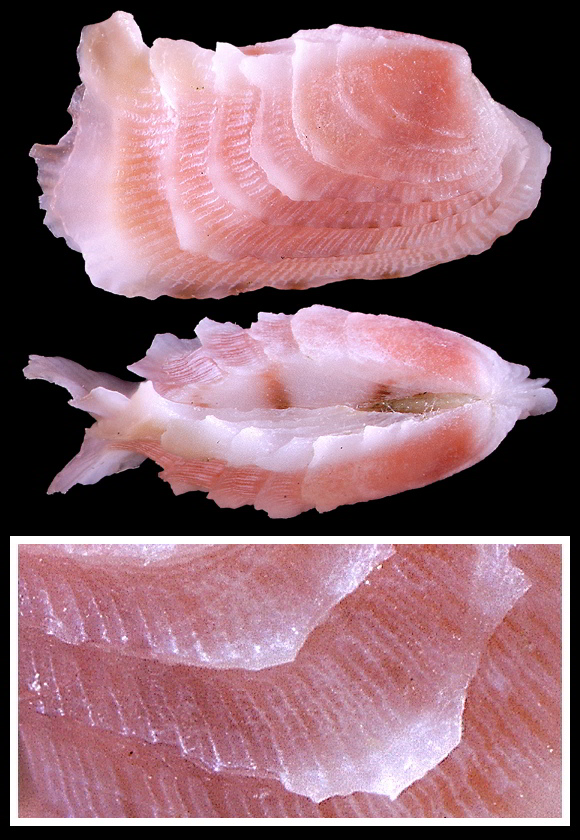
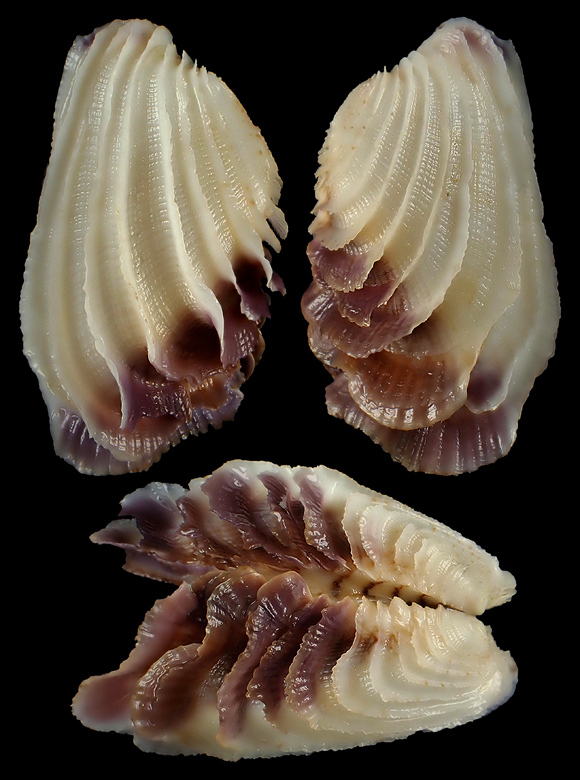
– (CC BY-NC-SA) –
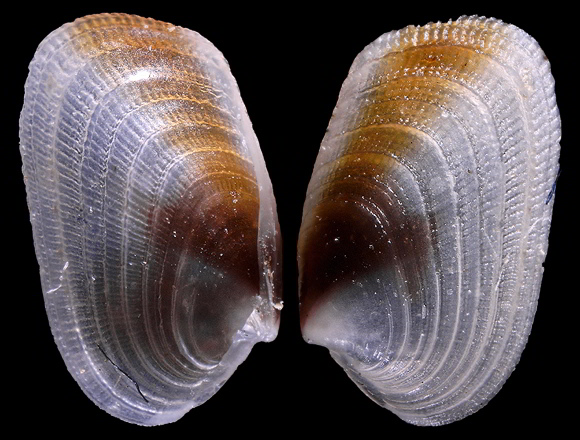
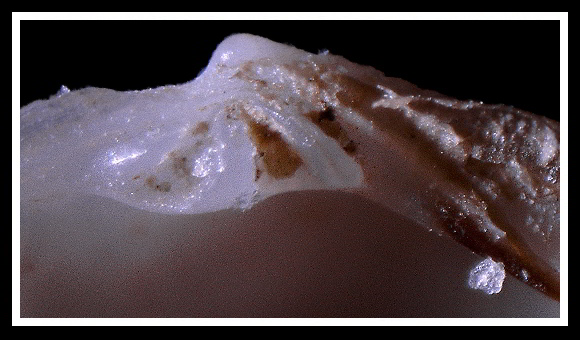
B.D.D.: « Cardinal plate narrow, deeply gutted along the dorsal edge by the ligamentous fossa. Hinge of the right valve provided with three cardinal teeth: the anterior one weak, the other two stronger and bifid. Hinge of the left valve provided with three cardinal teeth: the posterior one weak, the other two stronger and bifid. » – Ibid.